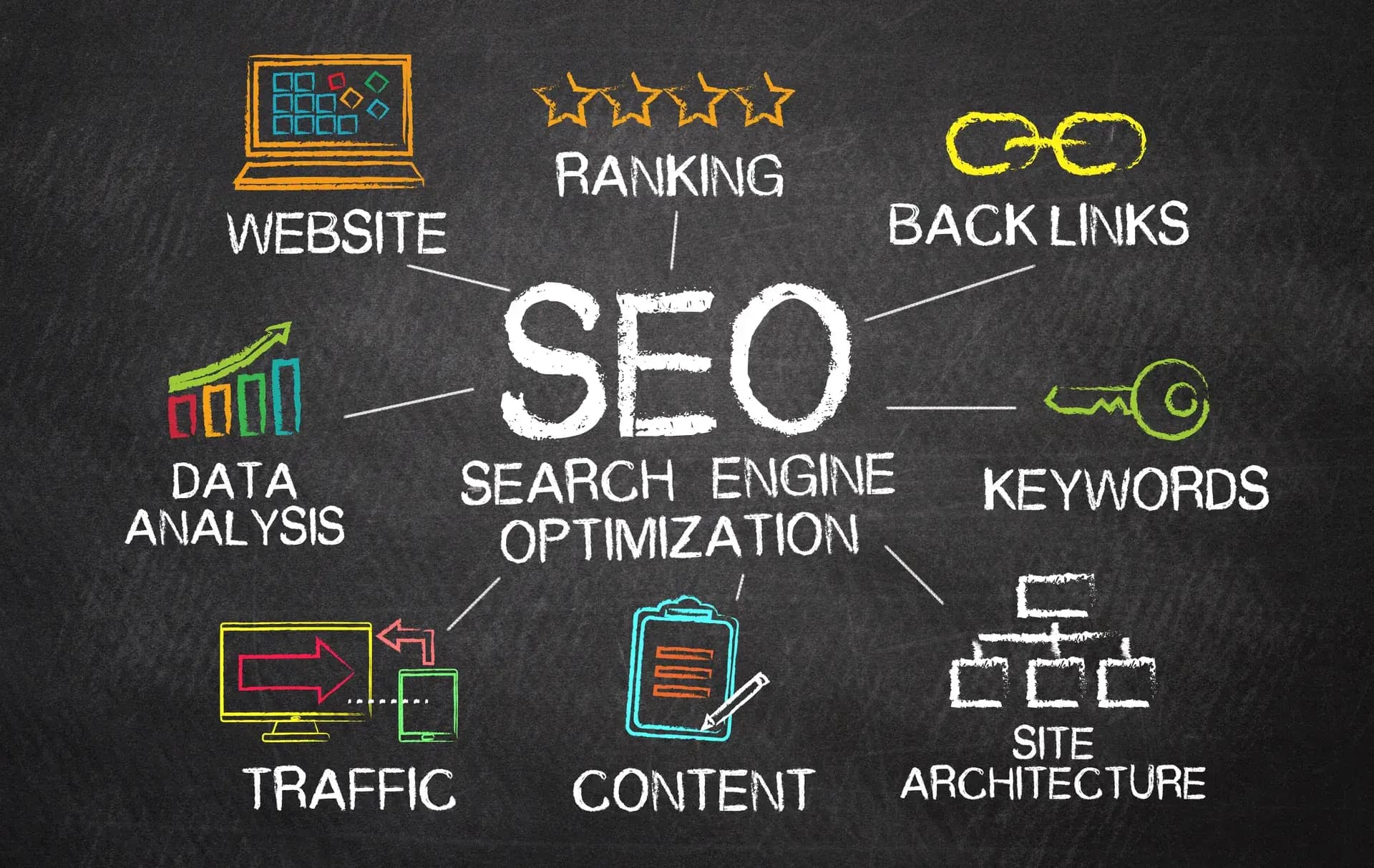Target audience data is essential for any business looking to create successful marketing strategies. Understanding who your audience is, what they want, and how they behave can significantly enhance your marketing efforts. In this comprehensive guide, we'll explore what target audience data is, why it's important, and how to collect and analyze it to improve your marketing strategies.
What is Target Audience Data?
Target audience data refers to information that defines and describes the characteristics of your ideal customers. This includes demographics (age, gender, location), psychographics (interests, values, lifestyles), behaviors (buying patterns, online activity), and more. By understanding these aspects, you can tailor your marketing strategies to meet the specific needs and desires of your audience.
Why is Target Audience Data Important?
Having accurate target audience data helps businesses in several ways:
- Better Communication: Craft messages that resonate with your audience's interests and needs.
- Increased Engagement: Create targeted content that drives user engagement and conversions.
- Optimized Marketing Budgets: Allocate resources efficiently by focusing on strategies that reach your audience effectively.
- Enhanced Product Development: Understand what your audience values to design products that meet their needs.
How to Collect Target Audience Data
There are several methods to gather target audience data:
- Surveys and Questionnaires: Use tools like Google Forms or SurveyMonkey to gather direct feedback from your existing customers.
- Social Media Analytics: Leverage platforms like Facebook Insights or Instagram Analytics to understand your followers' demographics and behaviors.
- Website Analytics: Use Google Analytics to assess visitor behavior on your website and identify which content resonates most.
- Market Research: Conduct research to understand industry trends and competitor demographics.
Analyzing Target Audience Data
After collecting data, the next step is analysis:
- Segment Your Audience: Divide your audience into distinct segments based on shared characteristics or behaviors.
- Create Buyer Personas: Develop detailed profiles of your ideal customers to guide your marketing efforts.
- Monitor Trends: Regularly review data to identify trends and adjust your strategies accordingly.
Conclusion
Target audience data is a cornerstone of effective marketing strategies. By understanding who your audience is and what they need, you can create tailored campaigns that drive engagement and conversions. At Prebo Digital, we specialize in helping businesses leverage audience data for informed marketing decisions. Reach out to us today to learn how we can assist you!







